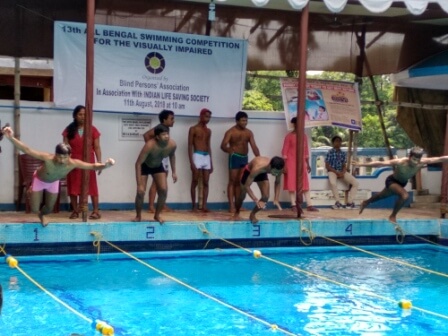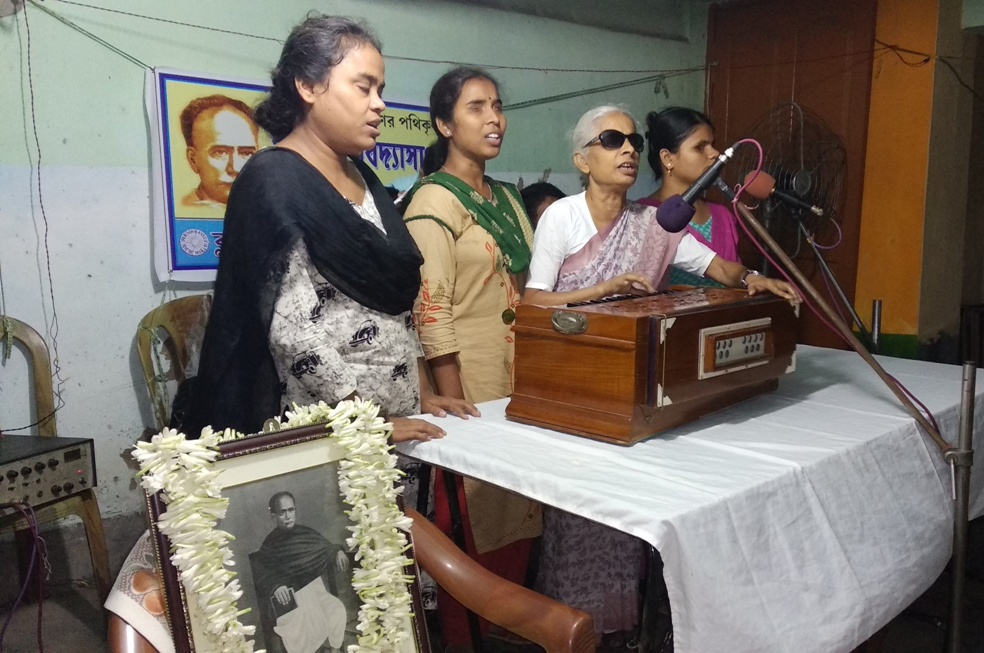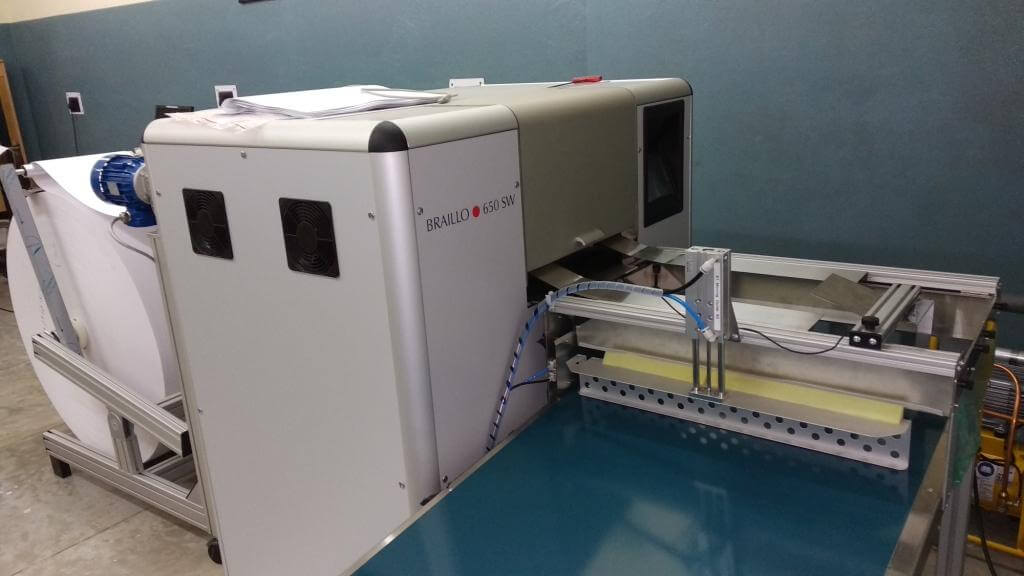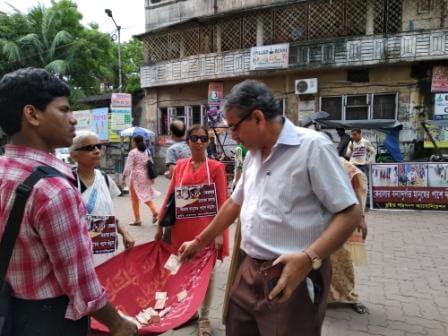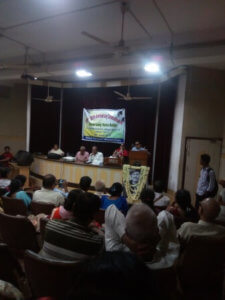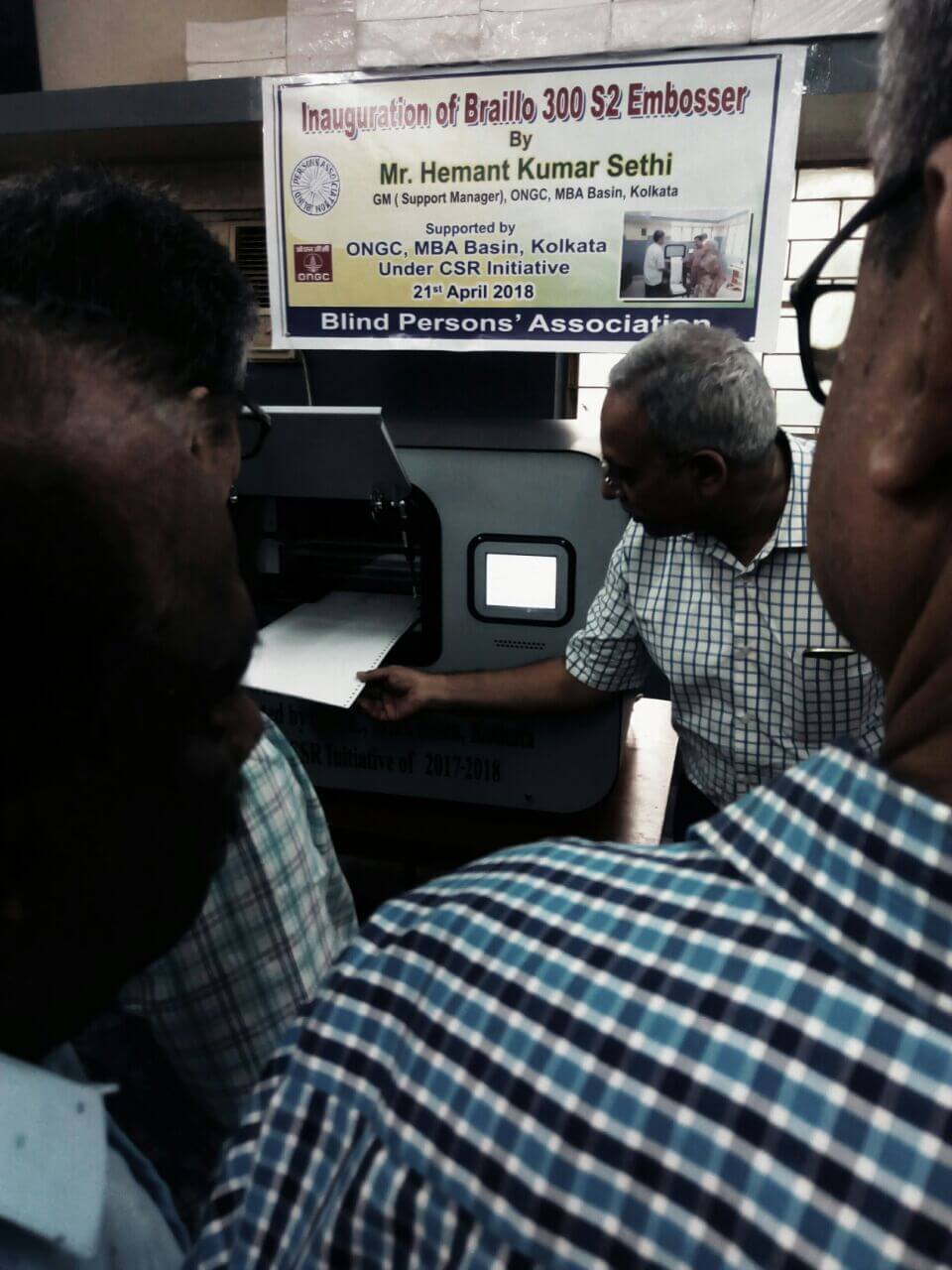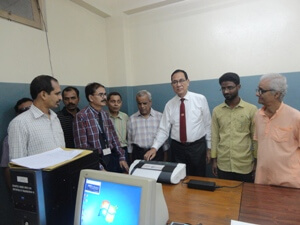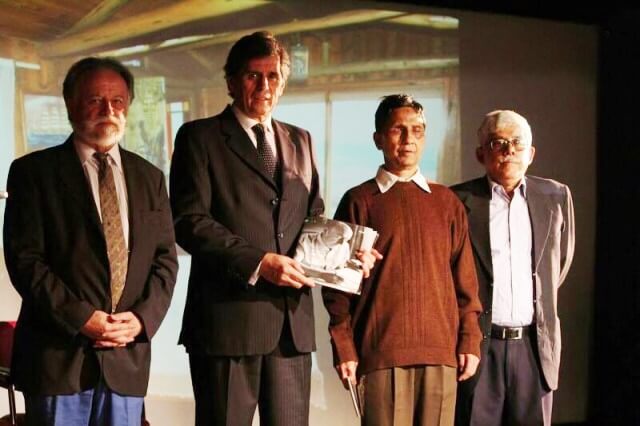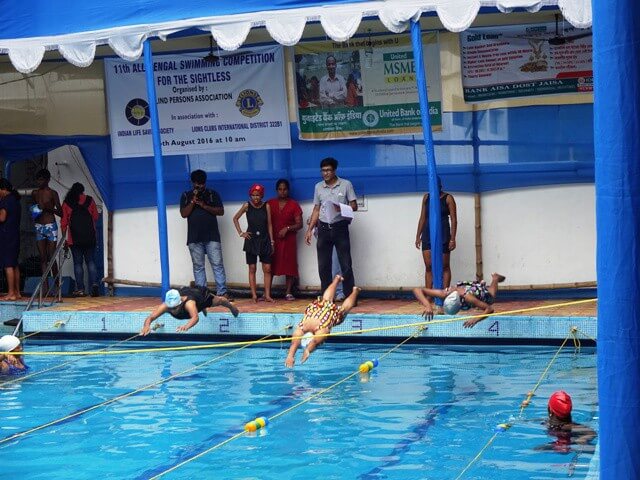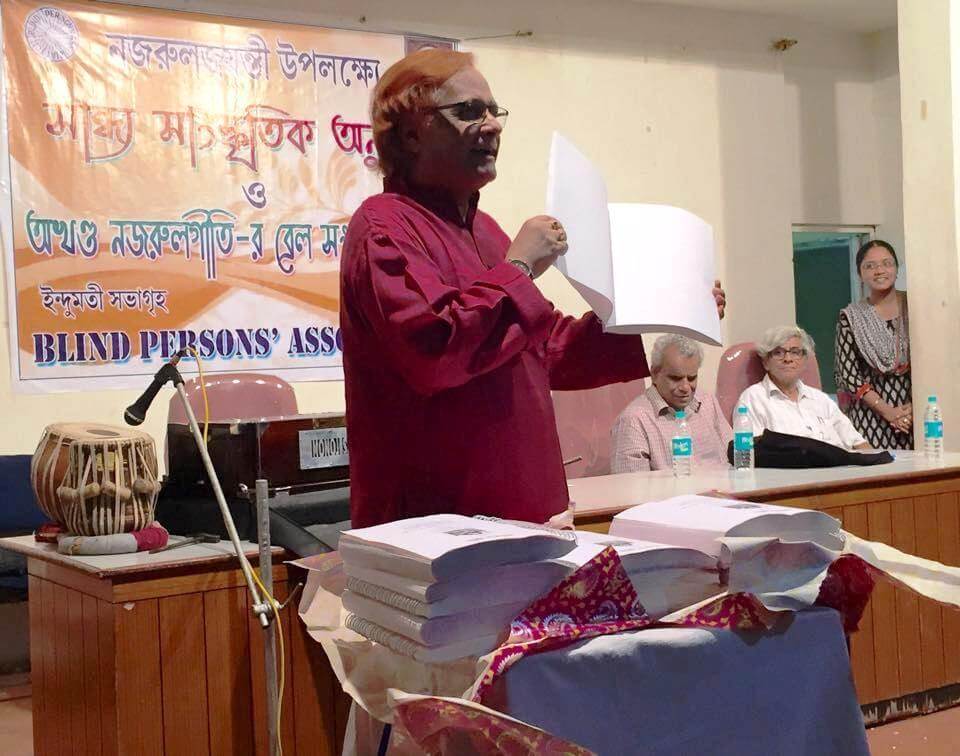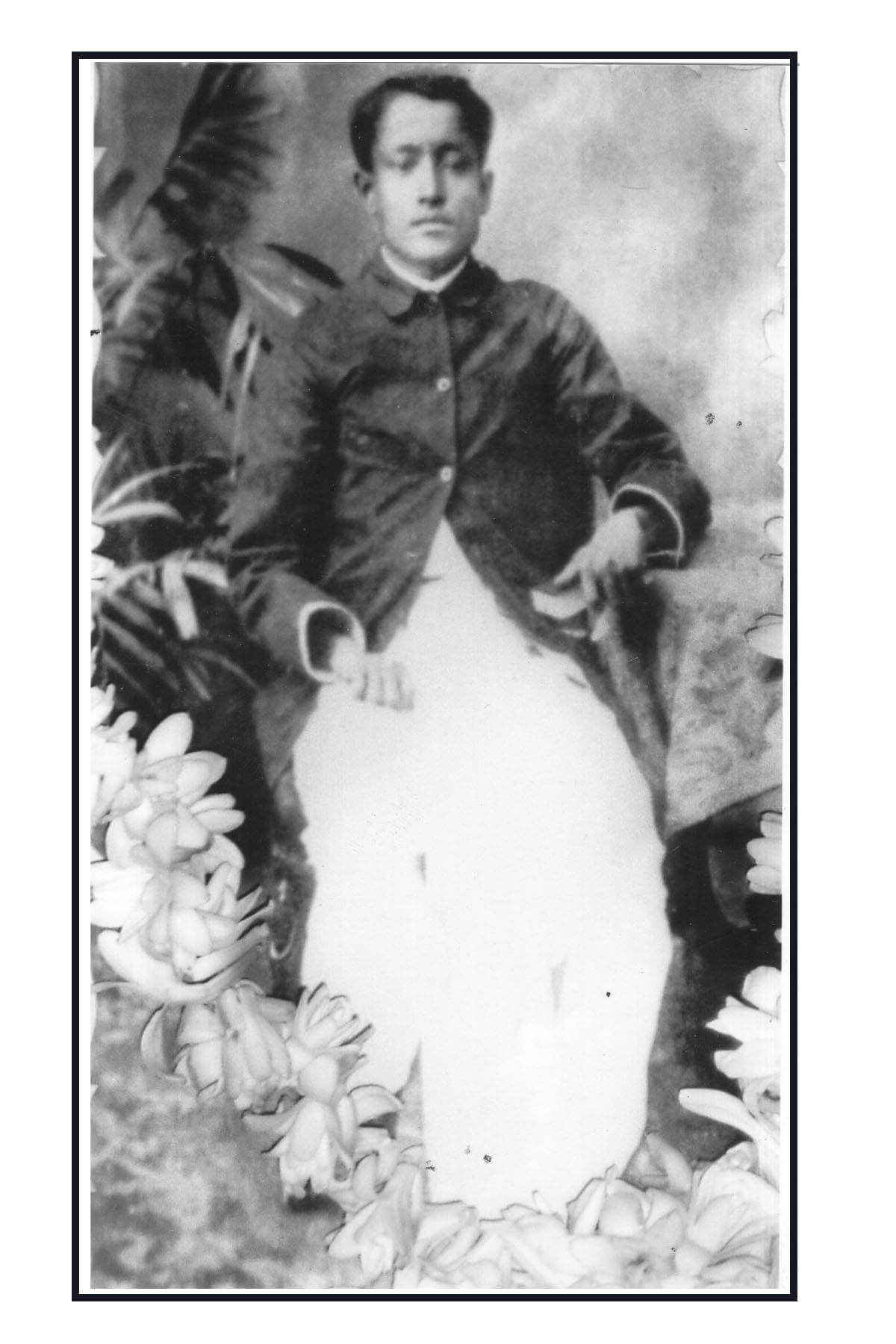The following paper was presented by Shri Sadhan Chandra Das, an active social worker and former Principal of Coochbehar Government Blind School, in the Seminar on “the Role of Integrated and Special Education for Sightless children at the Primary Level” organised at H.L. Roy Memorial Hall, Indian Institute of Chemical Engineering, Jadabpur University, Kolkata on August 19, 2006 by Blind Persons’ Association with the aid of Indian Council of Social Science Research (Eastern Region).
The humanist Monsieur Valentin Haüy, the spiritual disciple of the French philosopher Voltaire, set up the first blind school of the world in Paris in the 18th century. Monsieur Louis Braille, who discovered the Braille system and opened up the gateway of knowledge before the sightless, was a student of this school. The Christian missionaries sowed the seed of formal education of the sightless at Amritsore in this country in the nineteenth century and in the last decade of that century a Protestant established Calcutta Blind School in undivided Bengal. A few more schools were established during 1930’s to 1960’s in this state. Some schools were also founded by different organisations in the following years. Some of these received recognition and financial aid from the government. All of these are residential Special Schools. Less than 1% of the total sightless children of the state have the opportunity to receive education in these school.
As the scope for education for the sightless was very limited, the specialists of the system contemplated the idea of opening up the doors of normal schools for them. The sightless students study with their sighted peers in the same school in this system. Two European countries, Denmark and Sweden, started this scheme on an experimental basis. Gradually India like other countries was influenced by the system. The Indian government prepared a plan for it with the help of a foreign specialist in the 1960’s and took up its execution. It was introduced in a limited stage in Delhi, Mumbai, Chennai and in the urban areas of Hariana, Punjab, Kerala and Andhra Pradesh. The system of educating the sightless and sighted in the same classroom is termed “Integrated Education”.
The District Primary Education Programme (D.P.E.P.) was launched for the improvement of primary education in general in the 1990’s with the financial support of the British Overseas Development Authority. The improvement of primary education of the sightless is a part of that project. D.P.E.P. consists in the formation of a District Resource Group for survey of the handicapped children in the district, classification and determination of the extent of their handicap with the help of medical experts, and admission of the handicapped children in the nearest school.
Two different forms of institutionalised education system are currently in vogue for sightless children. Though to a very limited degree, home teaching method is in practice. Both Special School system and Integrated Education system have their relative merits and demerits. The chief argument against Special School is that the natural growth of a child is upset as he remains isolated from the mainstream of the society. The child, a victim of isolation, develops many bad habits which are noticeable in his talks, gesture and posture and behaviour. These abnormal traits of habit are not acceptable to the society. It is further argued that residential education system is highly expensive. Even the standard of the Special Schools is also called in question. The sightless students brought up in Special Schools face difficulties in social and economic rehabilitation in their later life on account of their segregation from the mainstream of the society.
The key opposition to Integrated Education on the other hand is the problem of loneliness faced by a sightless child in the midst of sighted children. Other objections include lack of necessary infrastructure, distance between home and school, abnormal ratio of students and teachers, dearth of accessible reading and teaching materials, lack of trained resource teacher or itinerant teacher, want of facility for games and sports, lack of programme for co-curricular activities and so on. As a consequence 56% students leave school in class IV. The scheme of mid-day meal cannot stop this drop-out. Obviously a sightless child will not enjoy coming to school to face the boredom of loneliness.
If we compare the two systems in West Bengal in terms of excellence, the Special School system deserves the upper hand. The system of Integrated Education is still in its growing stage. Many villages do not have a school yet. Many schools have just one classroom where a solitary teacher teaches the students of four classes in that single room. He has to perform many administrative jobs all the year round in addition to his teaching service. These schools do not have toilets, drinking water facilities, playground, supply of reading materials and even benches for students. There is no question of special training for sightless students. Even if it is arranged, an over-burdened primary teacher may not be able to cope up with it.
Under the present circumstances it is not possible to meet up the basic needs of a sightless child and take special care of him in an ordinary primary school. He needs to develop concepts about animals and objects. Who will guide him in handling his own daily living activities? Who will train him how to make better use of other senses to compensate for the loss of vision? Who will train him to move independently? Who will teach him the basics of Braille system, so essential for a sightless child? How will he master the method of realising abstract ideas in concrete terms? Who will explain to him the unknown nature and the unseen surroundings? Who will develop in him the creative skill with music, literature, recitation and the like? To whatever extent there is scope for continuous development of the body and mind of a sightless child in a Special School, there is no such scope in Integrated Education system. A sightless child grows up in a pleasant atmosphere in a Special School. The school becomes his second home, his classmates his brothers and sisters, his teachers become his surrogate parents. The psychiatrist attached to the Special School guides the guardians of the sightless children in order that they may refrain from overprotection or total negligence of their sightless children.
Sightless children receiving primary education in a Special School become self-dependent and hence afterwards they do not find it difficult to study in a nearby secondary school. Their old school gladly helps them in the difficulties they face in the normal school. Sightless students thus trained become the centre of attraction to their peers and teachers of the secondary school through their manners, knowledge and cultural activities. There is no question of mercy here. It is found that the sighted students help their sightless schoolmates on their way to school. The teachers happily assist them in difficult subjects during spare time. These sightless students add to the glory of the school by their performance in the secondary and higher secondary examinations. There is an instance where a blind student with other handicaps trained under the guidance of a Special School attained a successful career and stunned everybody by finishing top at the post graduate level in Calcutta University.
So far as the system of Integrated Education is concerned, the students with low vision can adapt themselves to the system. But we have to sustain Special Schools for the sightless students and for overcoming the problems related to lack of sight in this country for many more days. In addition, we have to improve the qualitative standard of Integrated Education. It requires active cooperation from Special Schools. The experience of the Special Schools must be utilised in Integrated Education system. We need cooperation, not competition, between Integrated Education and Special Education for the benefit of the sightless children. It is no use financing the system of Integrated Education alone. Special Schools must not be closed down for dearth of public finances. I appeal to all social workers and organisations working for the cause of education of the sightless that they incorporate in their programme the demand for the continuation of Special Schools.
Sadhan Chandra Das
